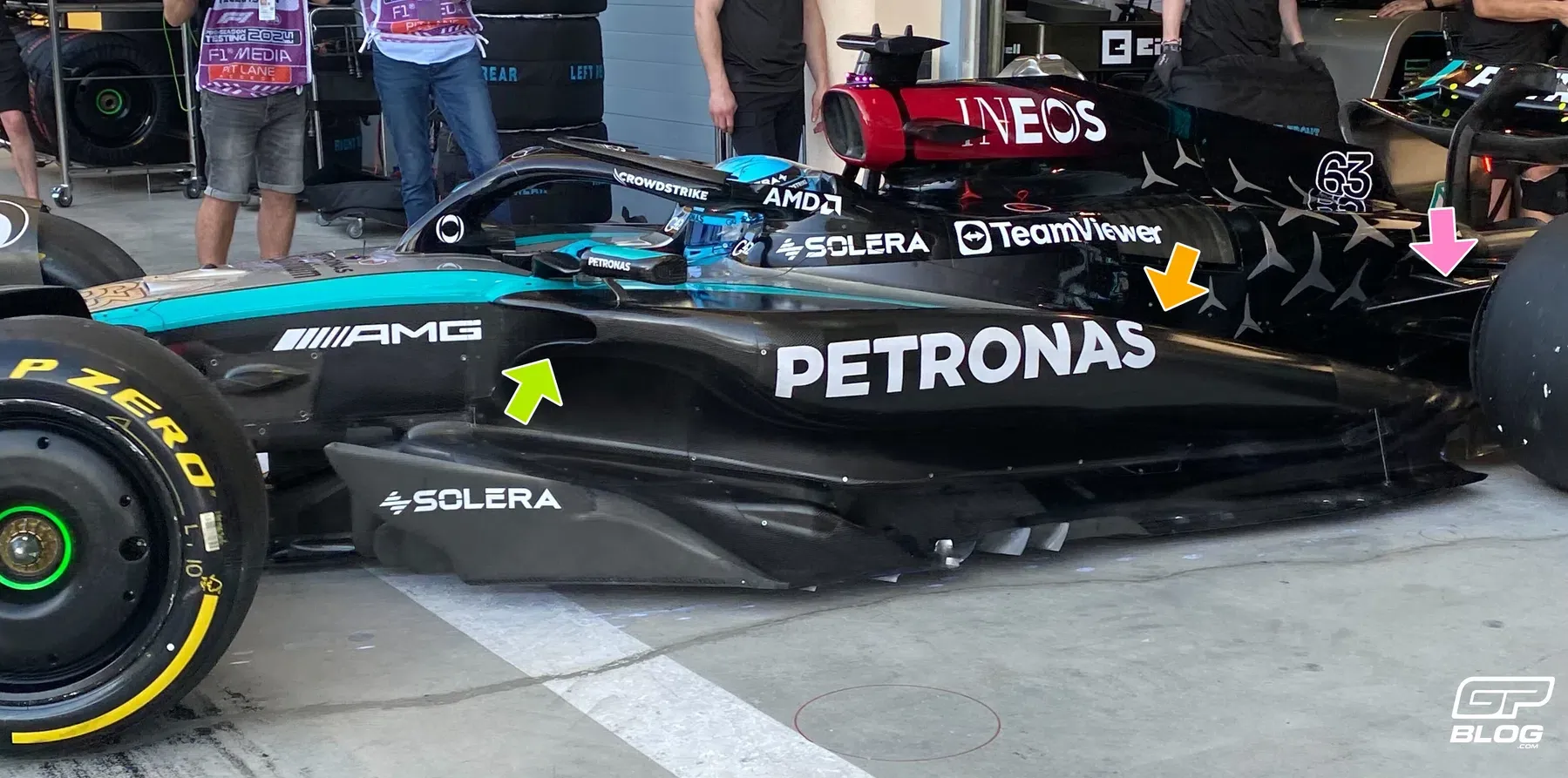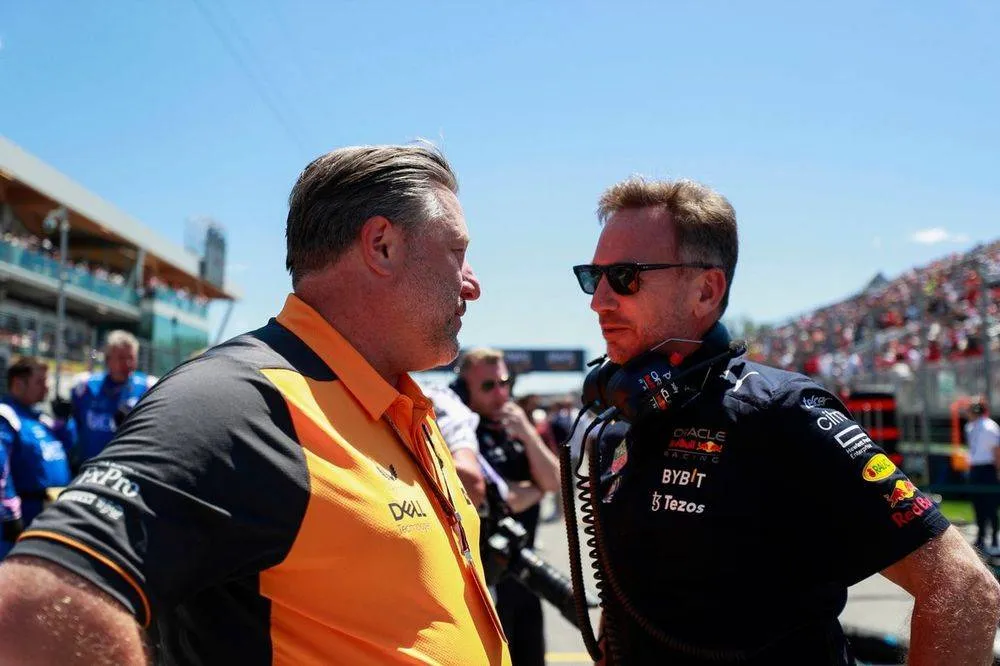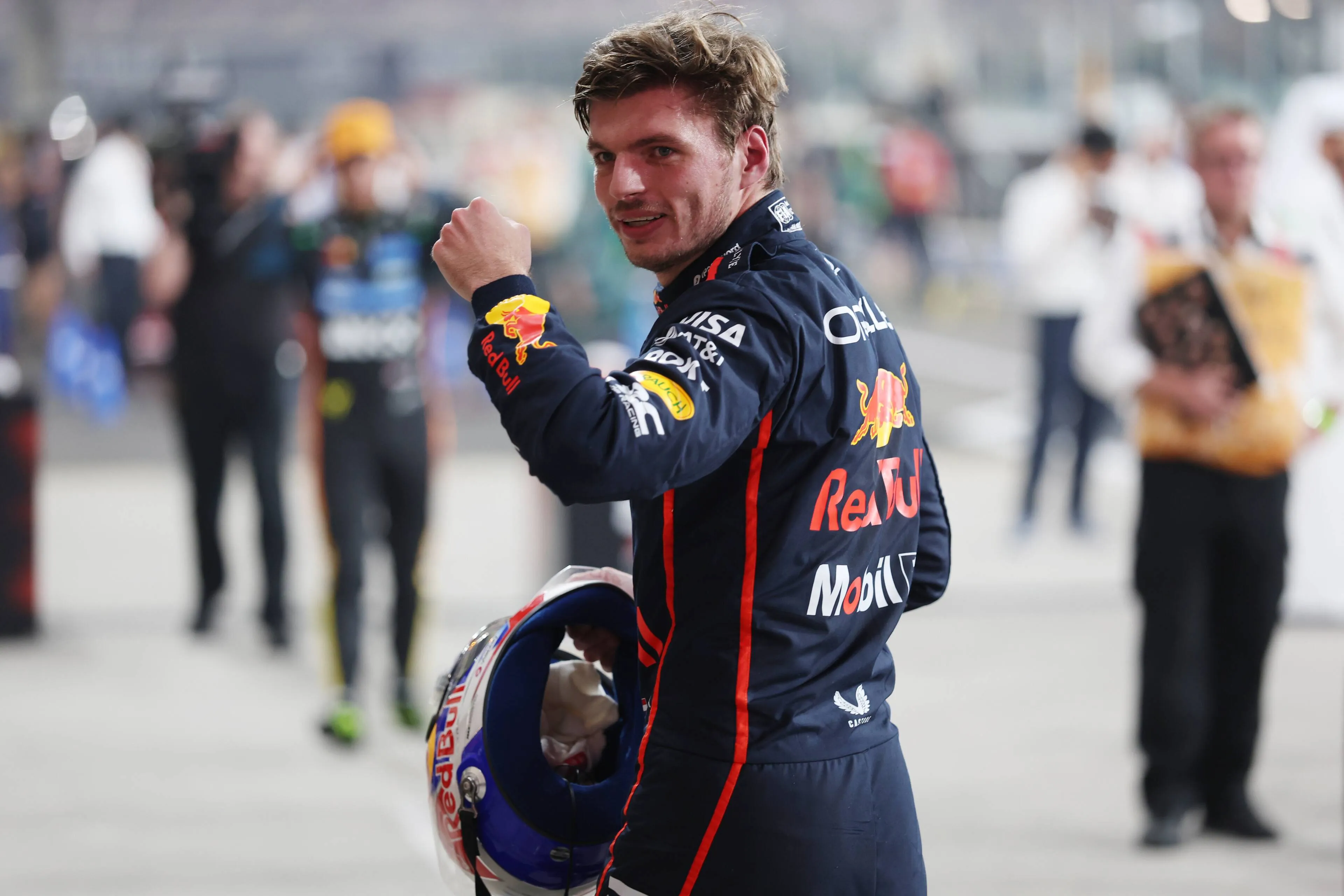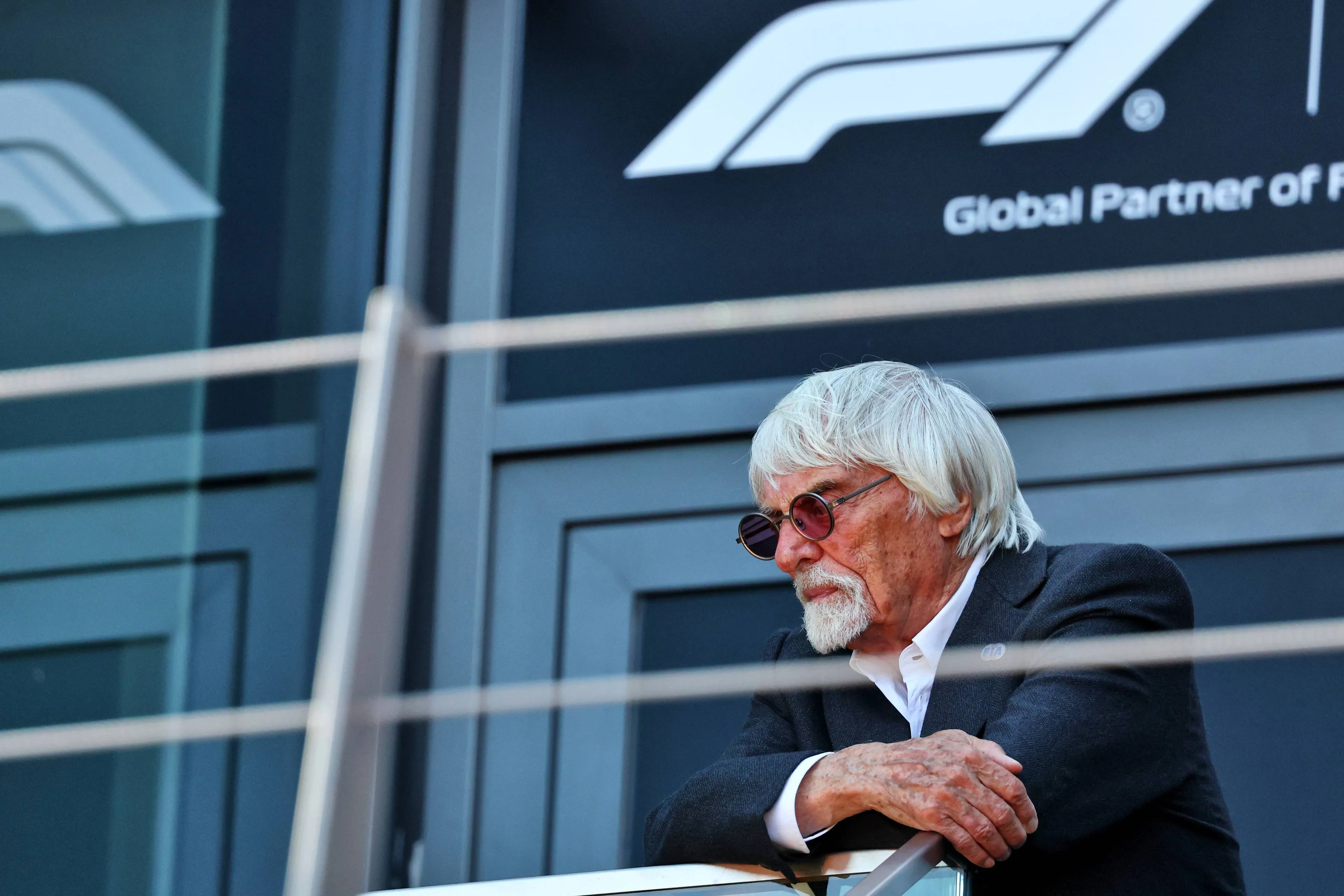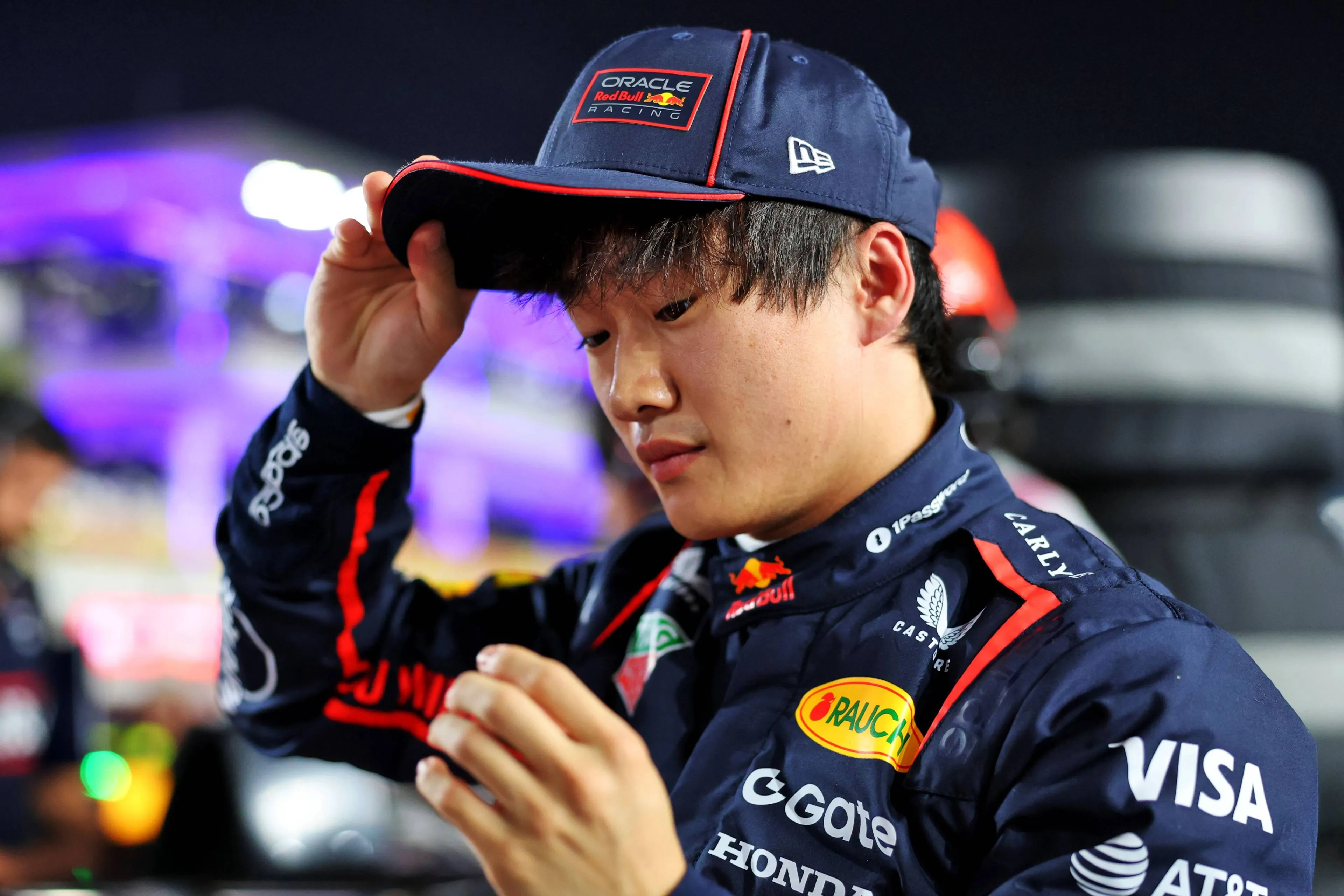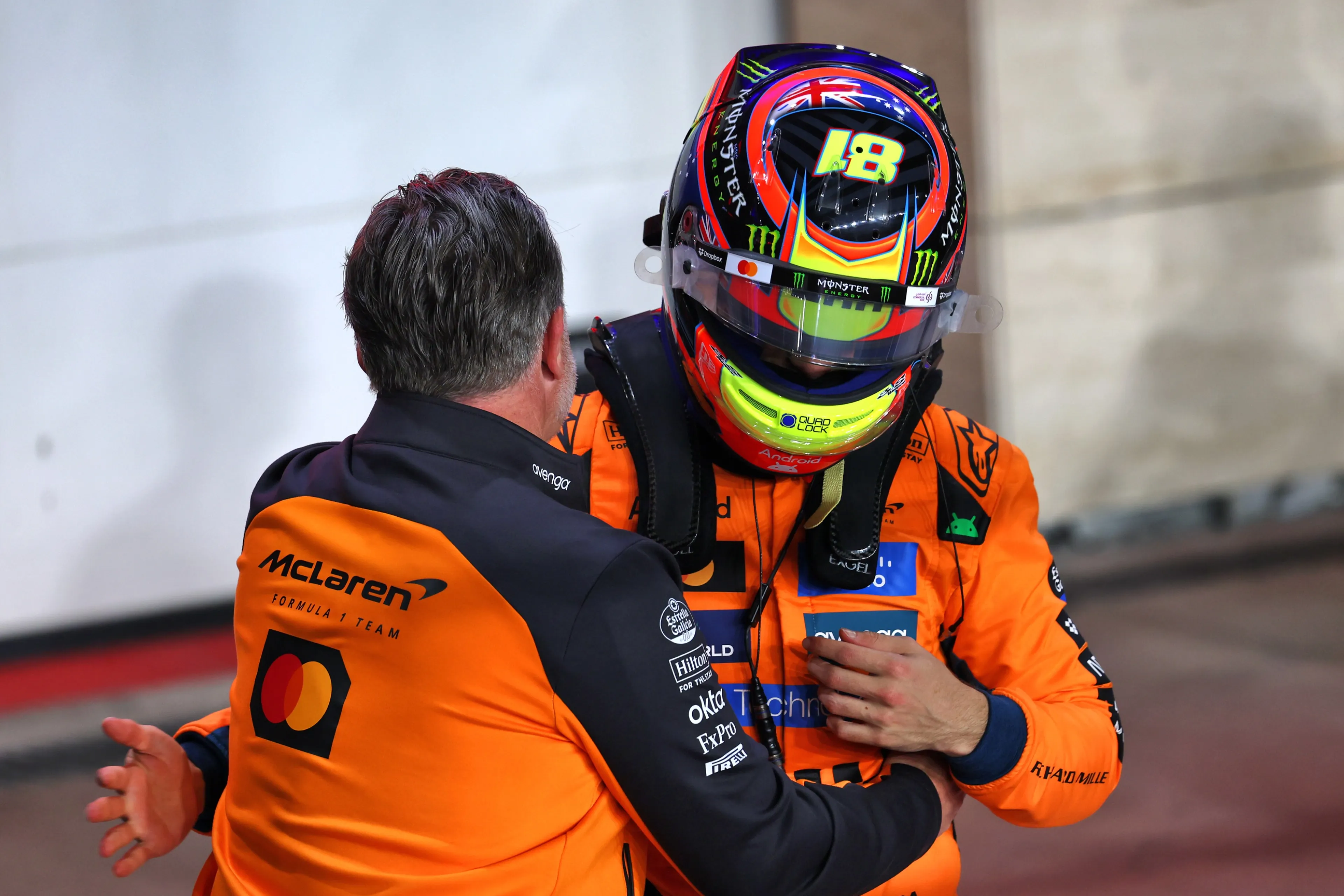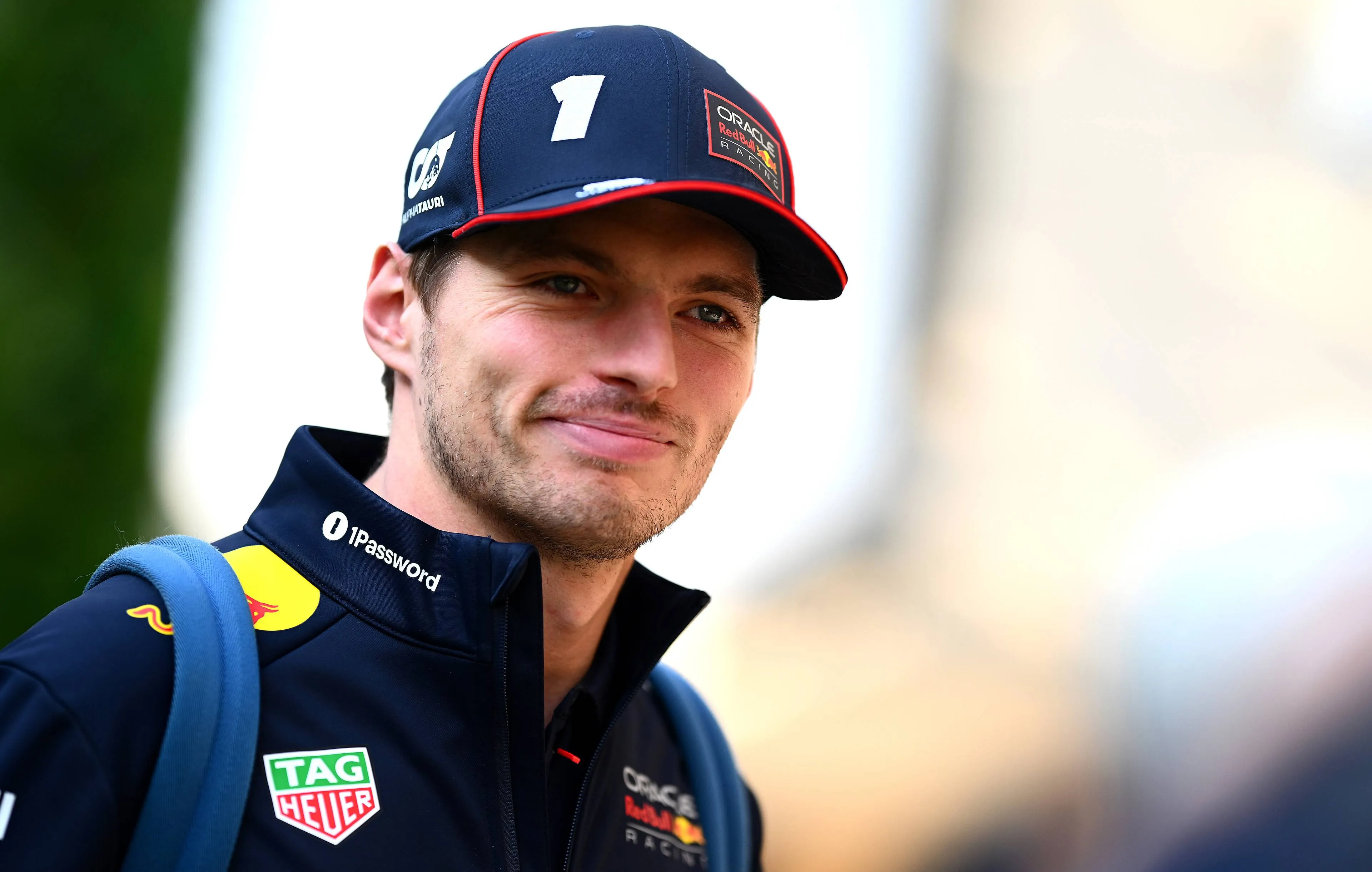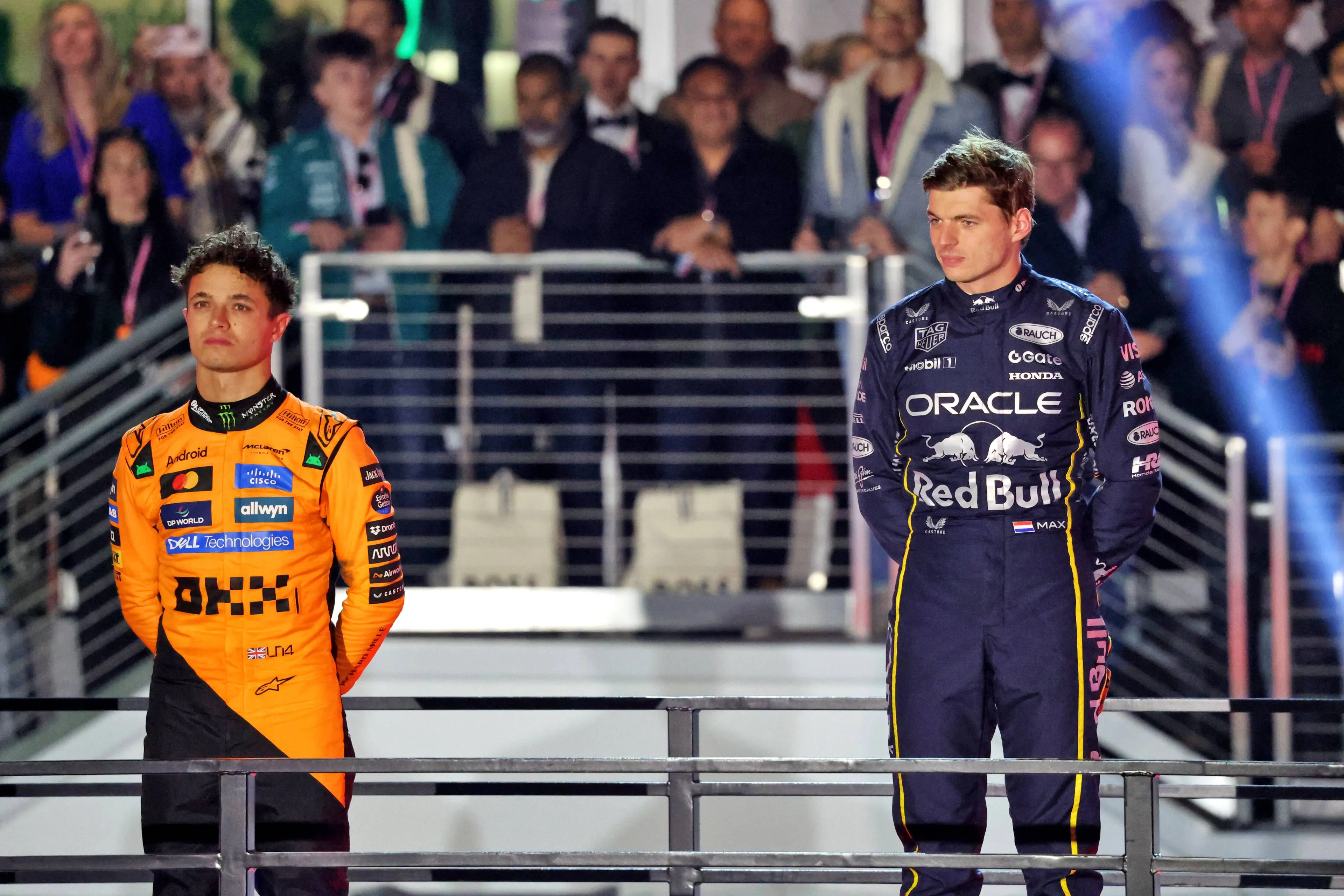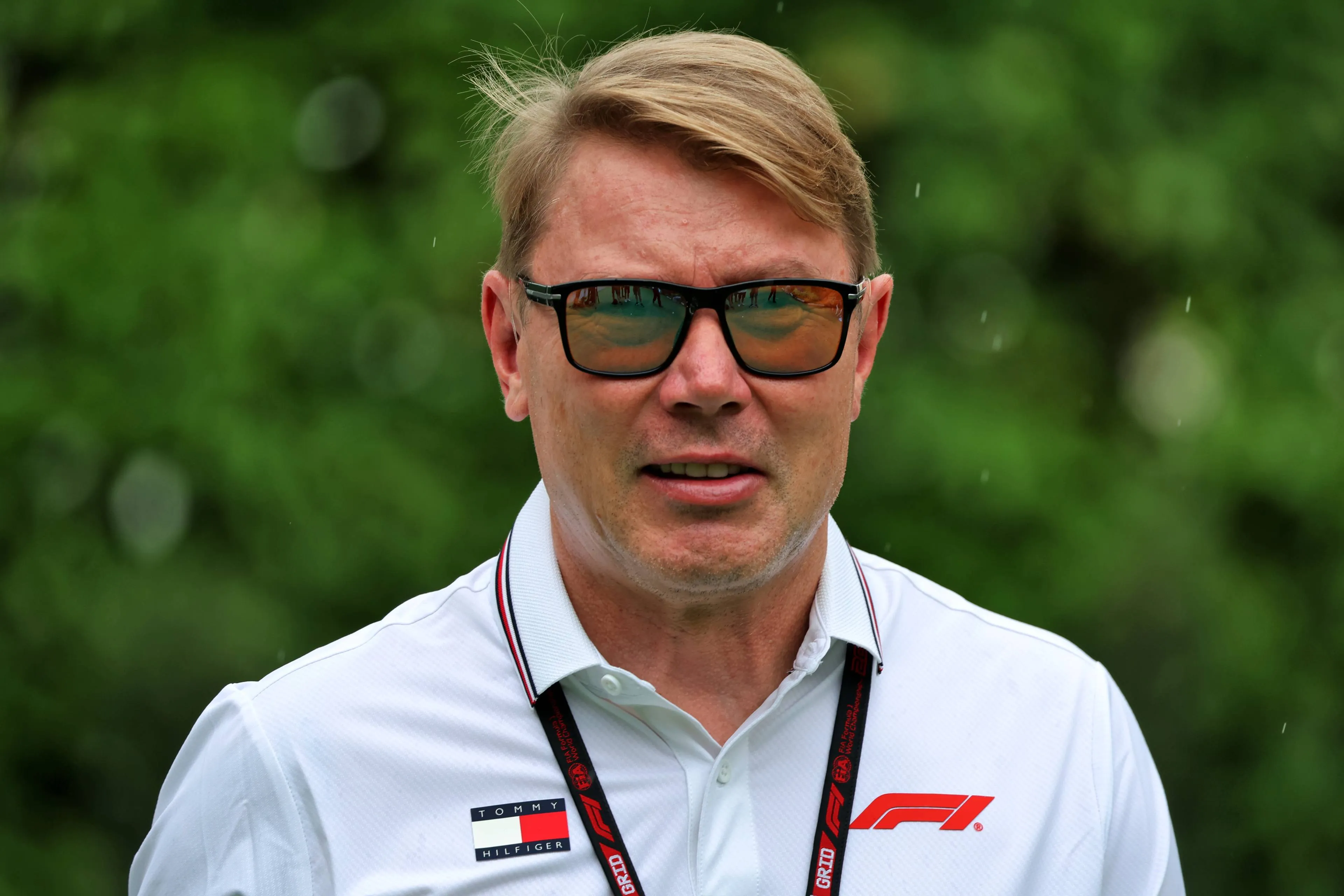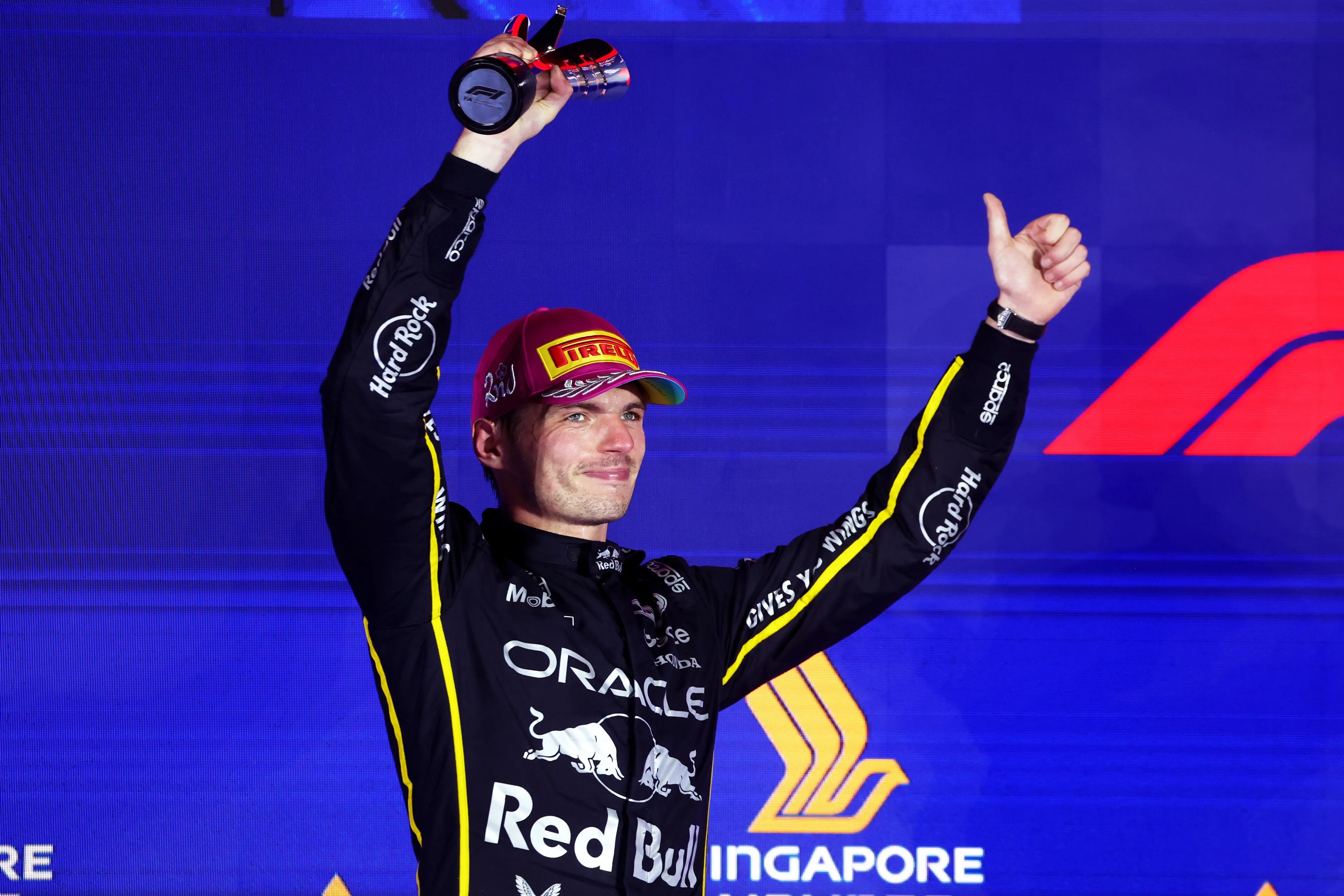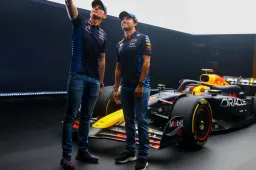After three days of testing, Mercedes are the only top team (together with Aston Martin) that seems a step behind Ferrari and McLaren. The Brackley-based team, in fact, did not show performances at the levels of the competitors during the tests in Bahrain, both in terms of the race pace simulation and qualifying simulation. So the natural question is: are Mercedes really slower or are they sandbagging?
To try to answer this question, it is necessary to listen to Hamilton's words first. At the end of the second day of testing, in fact, the British driver declared that: "Yesterday was a good day. I felt it was much more enjoyable to drive. I think, like Lando mentioned, we still also have time to find. I think Red Bull are clearly out in the distance. But I think it's a good platform to work on this year."
These words, however, reflect that Mercedes, despite having made progress compared to last year's car, are still a long way behind from expectations in terms of performance.
The W15, in fact, did not adapt in the same way to the two drivers: on one hand, Hamilton seemed to be the most confident with the new car, while on the other hand Russell seemed to experience more difficulty, appearing to be more inconsistent both in terms of race pace simulations and during a flying lap.
This difference in terms of confidence could be linked to the design of the car itself: the W15, in fact, seemed to show high bouncing on long straights, proof of a car that manages to run at ride heights much lower than last year, increasing the level of downforce generated by the Venturi channels. This result, however, is also due to the fact that the ideal set-up has not yet been found, as there are many innovations shown on the W15, including the bodywork, the rear suspension and the front wing.
Regarding the front wing, as already discussed after the presentation, it presents a completely new solution in the last flap. The internal portion, which connects to the nose, is made up only of a small carbon profile (red arrows). The goal is to recreate the Y250 vortex, which was typical on the previous generation of cars, which contributed in creating a lower pressure area under the floor.


As for the bodywork of the car itself, it has been remodeled, with a triangular cooling inlet (green arrow) and a descending trend of the sidepods themselves towards the rear, to maximize the Coanda effect (orange arrow)
Finally, the rear suspension presents a completely innovative design, because the push-rod scheme has now been adopted, with the tie rod positioned almost horizontally (pink arrow) to free up as much space as possible for the passage of air to the diffuser.
In conclusion, all these updates need to be fully understood in order to find the correct operating window for both the car and the tyres. For this reason, these tests and the first races will be fundamental for Mercedes to be able to make this innovative W15 work and fight both with Ferrari and Red Bull for race victories during the year.
Read more about:
Popular on GPBlog
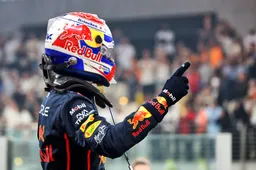
1
Verstappen beats Norris to FIA award after missing out on drivers’ title
10145 times read
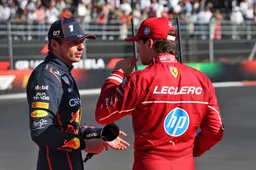
2
Leclerc looking to go the Verstappen way with confession at FIA gala
5898 times read

3
Wolff doubles down on 400 km/h claim as 2026 F1 overhaul looms
2324 times read

4
Norris splashed out this staggering sum to celebrate first F1 title
2235 times read
Loading
